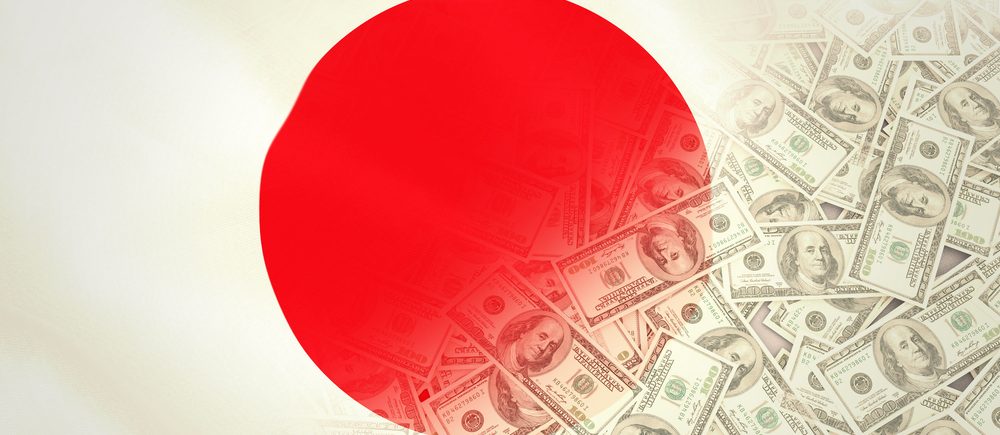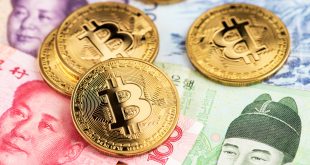The Bank of Japan (BOJ) opted to keep interest rates unchanged at 0.25% during its final policy meeting of the year. However, a dissenting vote from board member Naoki Tamura highlighted growing divisions within the central bank regarding the timing of monetary tightening. Tamura, known for his hawkish stance, proposed raising rates to 0.5%, citing heightened inflationary risks, but his suggestion was voted down in an 8-1 decision.
Cautious Approach Amid Global Uncertainty
The BOJ’s decision to maintain its current policy comes amid persistent uncertainties, including U.S. president-elect Donald Trump’s economic and trade plans. BOJ Governor Kazuo Ueda acknowledged these risks while pointing out that Japan’s real interest rates remain low, providing room for further adjustments if needed.
This cautious stance follows the U.S. Federal Reserve’s decision to cut rates while signaling a slower pace of easing in 2025, which led to sharp declines in global stock markets.
Yen Weakens Further
Following the BOJ’s decision, the yen slipped to a one-month low of 155.48 against the dollar, continuing its 2024 downtrend of over 8%. The weakening yen, driven by expectations of a gradual BOJ tightening, has contributed to rising import costs and inflationary pressures. This has led market participants to speculate whether the central bank will hike rates in its January meeting or delay until March.
Steady Economic Recovery with Inflationary Pressures
The BOJ maintained its assessment of moderate economic recovery, with steady consumption growth as a trend. However, policymakers highlighted persistent uncertainties in the economic and inflation outlook.
Japan’s economy expanded by an annualized 1.2% in the third quarter, down from 2.2% in the previous quarter, with consumption growing at a modest 0.7%. Meanwhile, regular wages have been rising at an annual pace of 2.5% to 3%, which could further support consumption and align with the BOJ’s inflation targets.
However, risks such as slowing demand from China and uncertainties surrounding Trump’s trade policies may weigh on corporate profits and could discourage further wage hikes by companies.
Monetary Policy Review and Next Steps
In its policy statement, the BOJ emphasized that unconventional monetary easing measures used during its prolonged battle with deflation have significant side effects and cannot fully substitute traditional tools like rate adjustments.
The BOJ ended its negative interest rate policy in March and raised its short-term rate target to 0.25% in July, signaling readiness to tighten further if wage and price trends remain supportive. A recent Reuters poll suggests unanimous market expectations for the BOJ to raise rates to 0.5% by March 2025, though opinions remain divided on the exact timing.
With labor shortages intensifying and companies signaling readiness for further wage hikes, the BOJ appears poised to continue gradual policy tightening to balance growth and inflation objectives. However, external risks, including the impact of Trump’s economic policies and global demand conditions, remain key variables shaping its future actions.
 Noor Trends News, Technical Analysis, Educational Tools and Recommendations
Noor Trends News, Technical Analysis, Educational Tools and Recommendations





